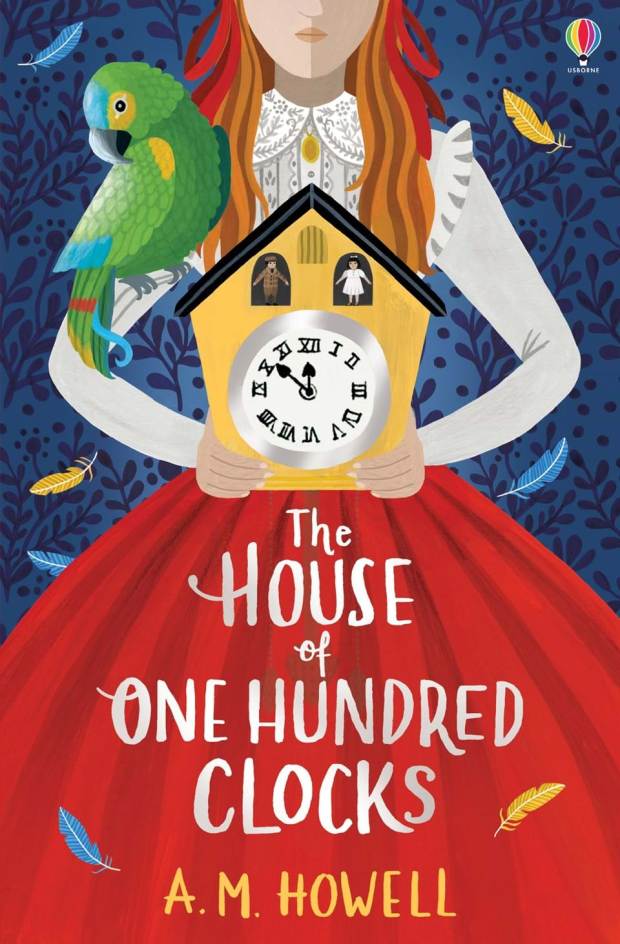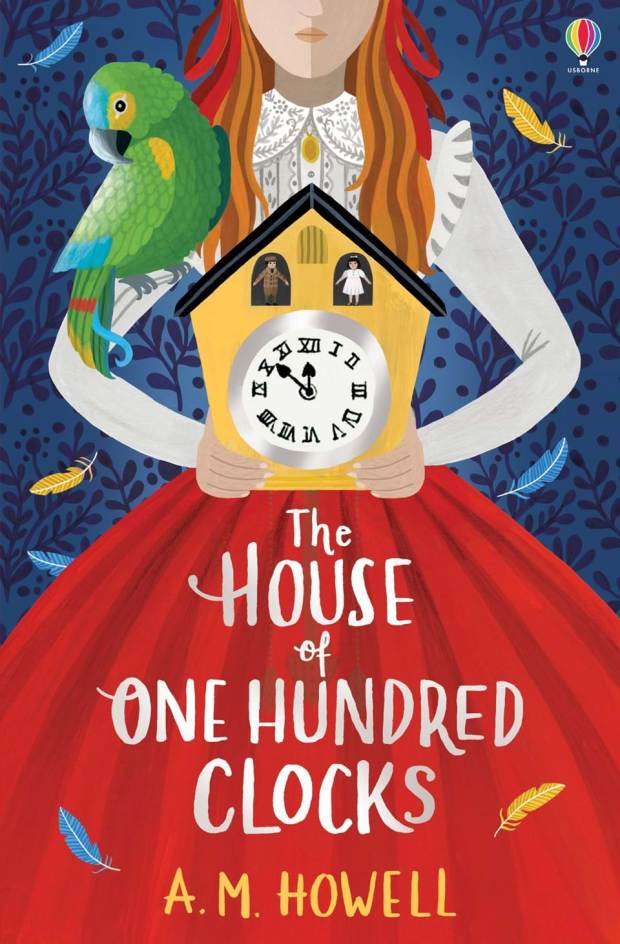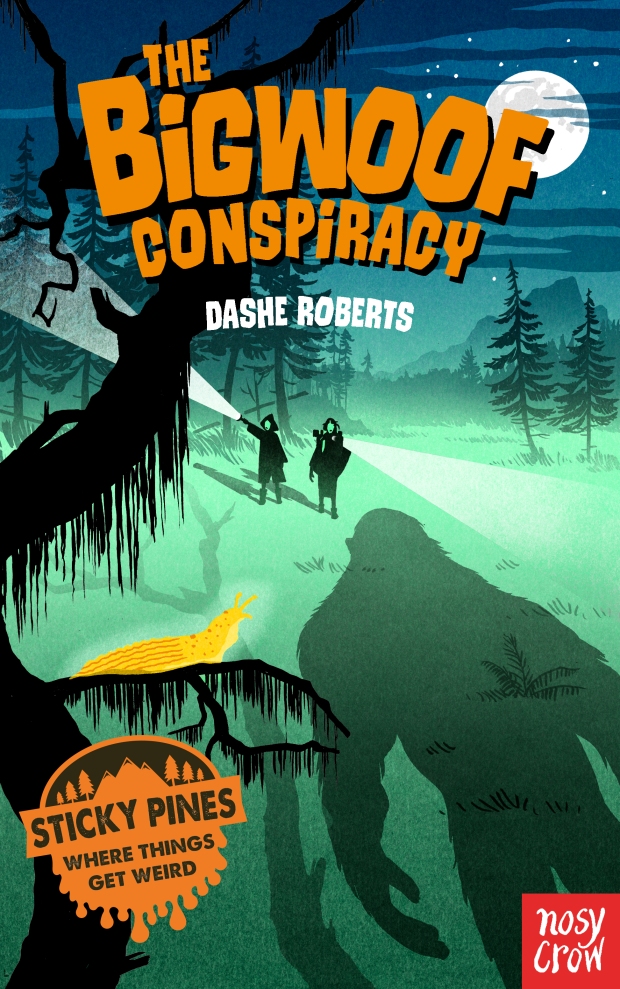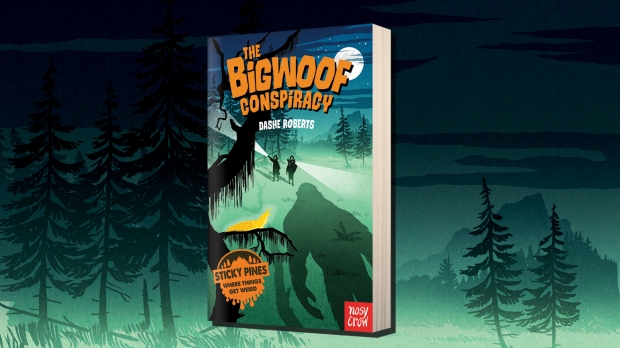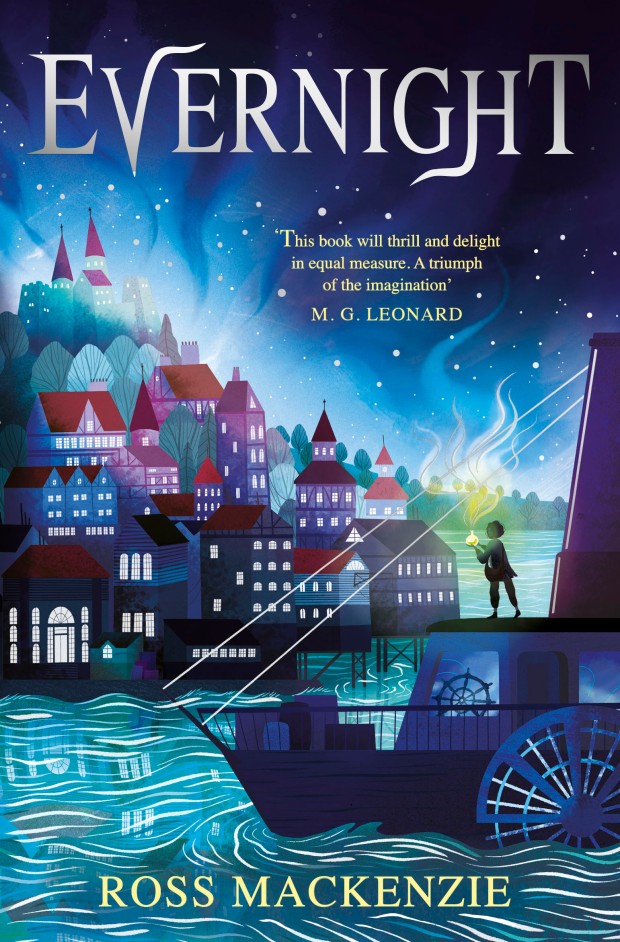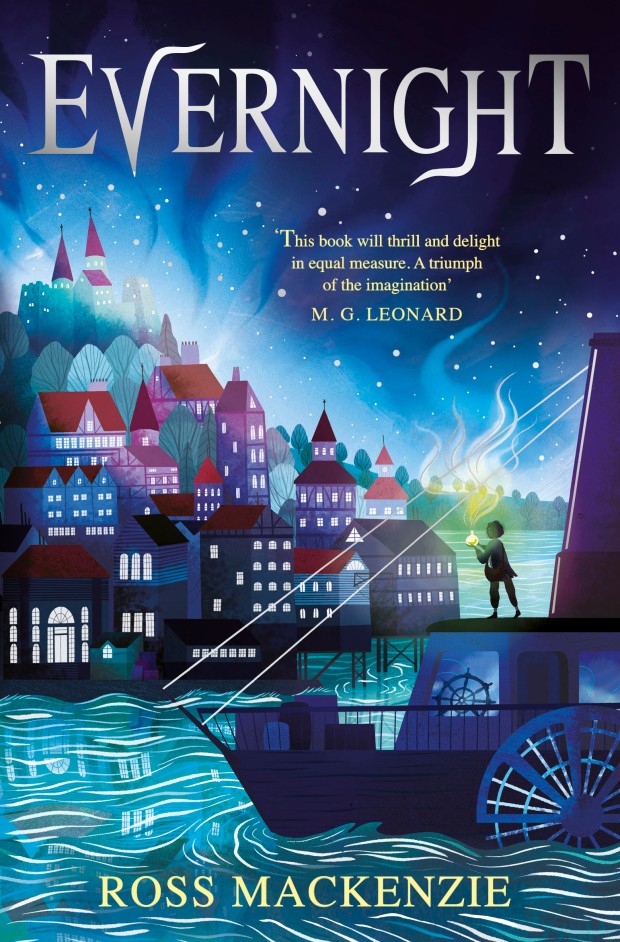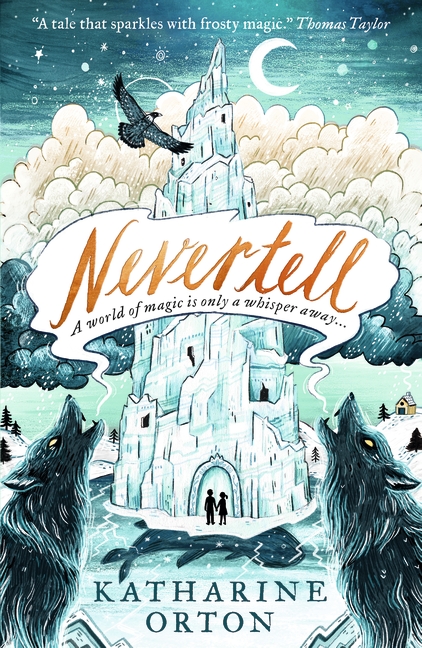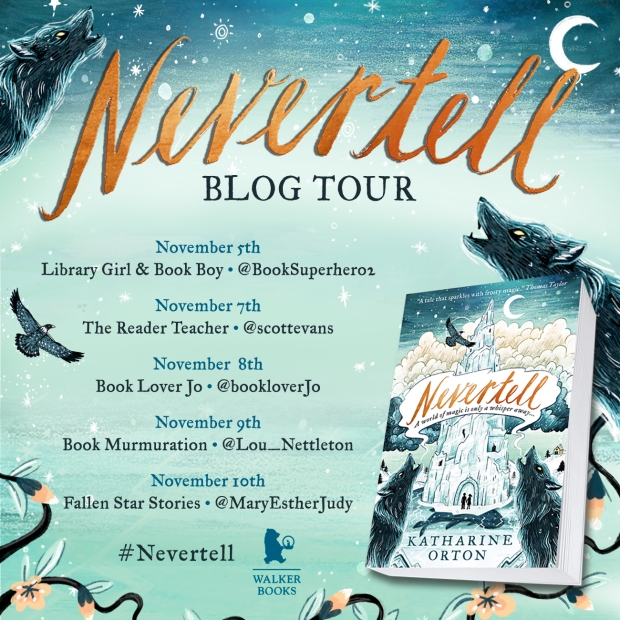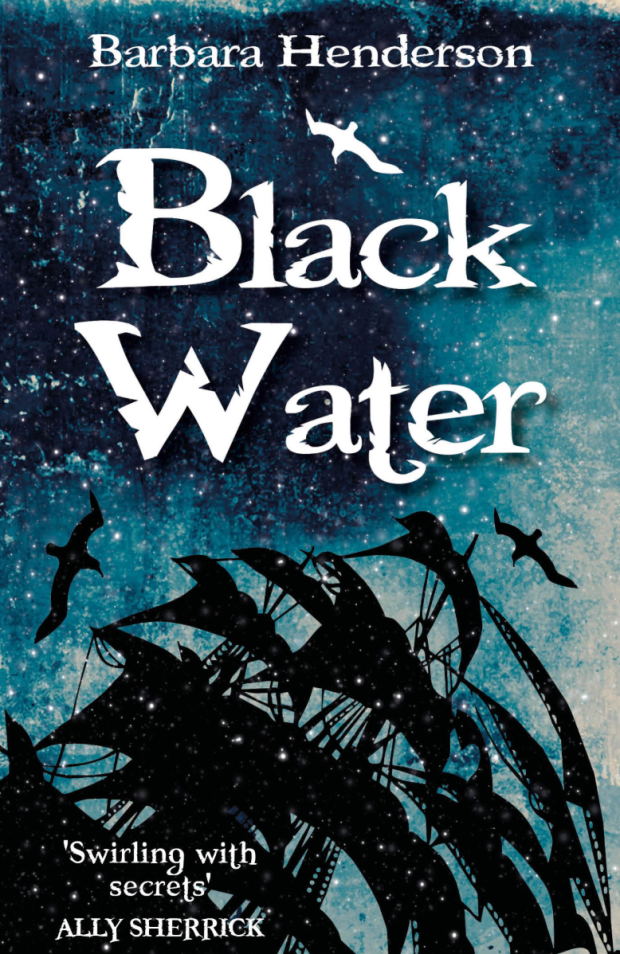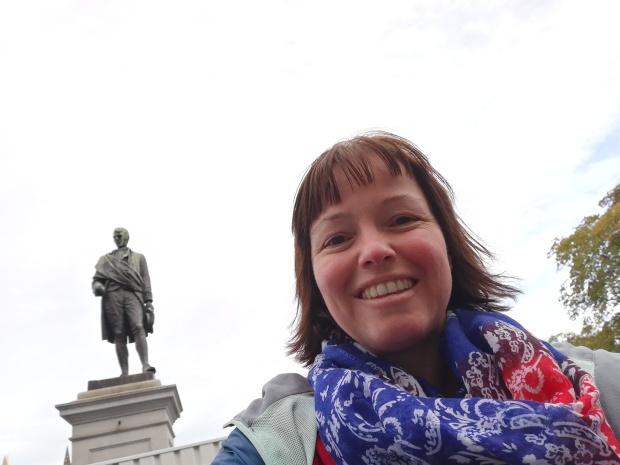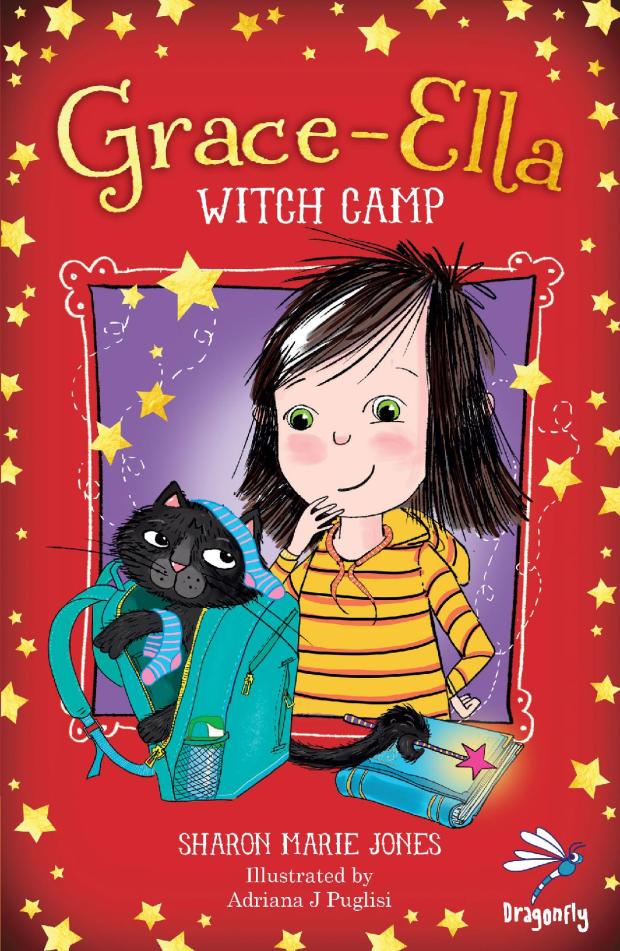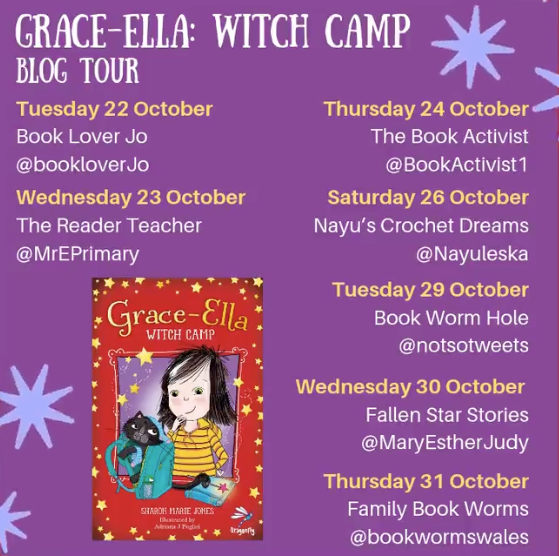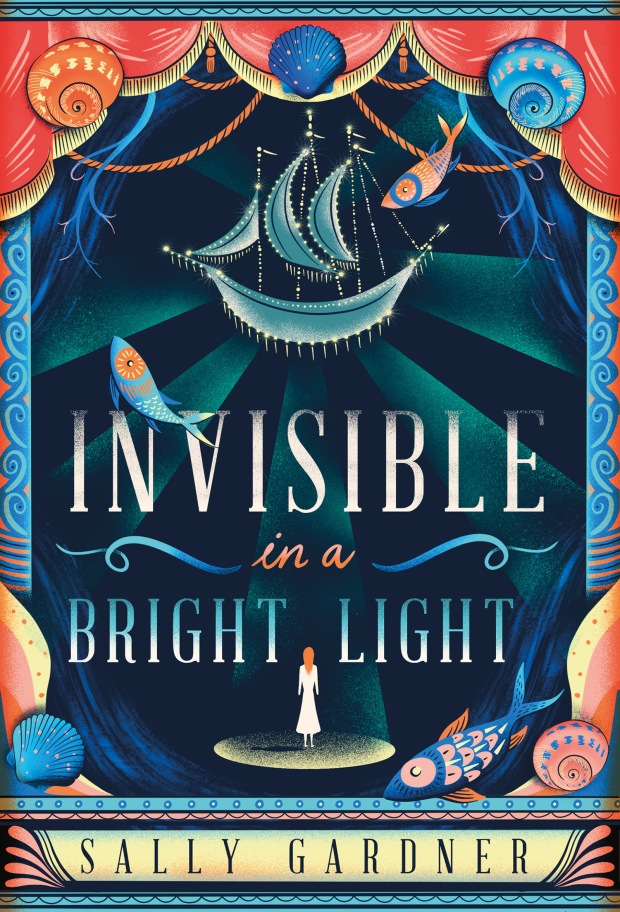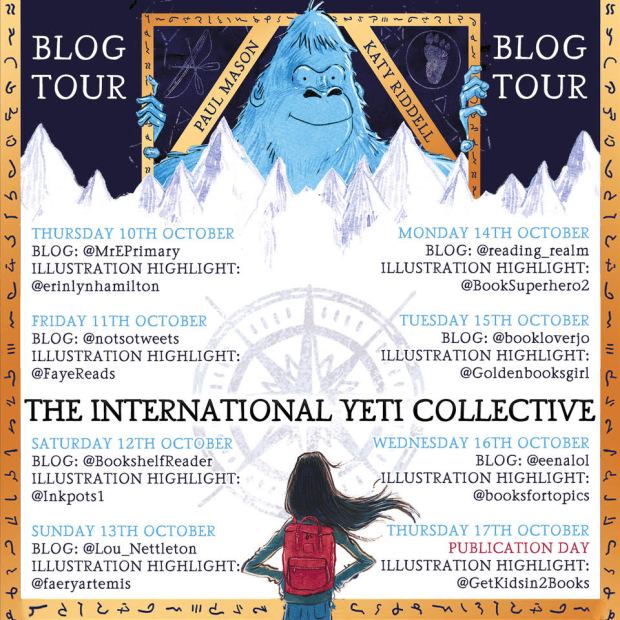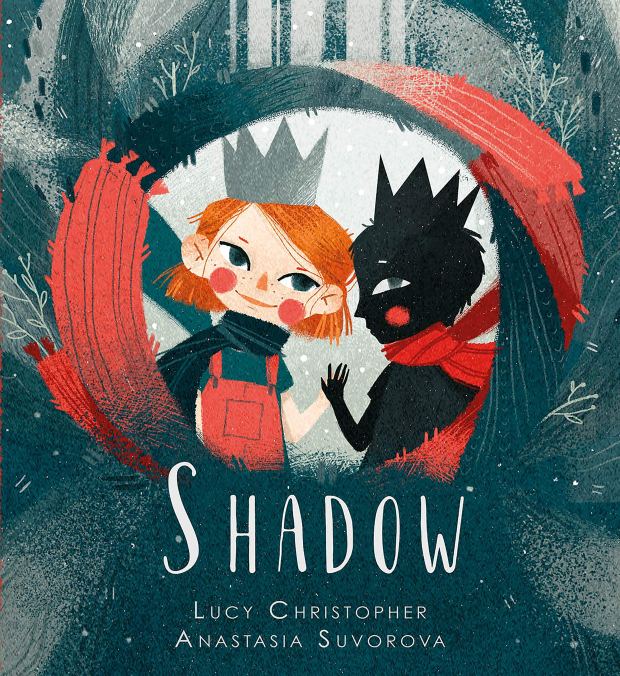
‘Ethereal, touching and unique by design… Shadow’s symbolism of inner strength showcases the true meaning of togetherness.’
Rating: ⭐⭐⭐⭐⭐
Title: Shadow
Author: Lucy Christopher (@LucyCAuthor)
Illustrator: Anastastia Suvorova
Publisher: Lantana (@lantanapub)
Page count: 40
Date of publication: 7th November 2019
Series status: N/A
ISBN: 978-1911373834
Perfect for Year 2, Year 3 & and Year 4.
#3Words3Emojis:
1. Shadow 🖤
2. Family 👩👧
3. Togetherness 🤝
In our old home, Ma told me there was nothing to be scared of. No monsters hiding behind doors, or in wardrobes, or under beds. She said there were no dark places at all. But in the new house, under my new bed, THAT’s where I found Shadow.
Review:
They say don’t judge a book by its cover but my goodness, I want to judge this book based on this one. Not only is it bordering on one of the most beautiful I have seen, but it’s one of the most uniquely beautiful. Unique in its own way because it doesn’t only entice you to read this story but it pulls you in because you can’t help but want this story to be told.
As the protagonist in this story – a young girl who’s left nameless throughout – describes, the book begins with a new house move, once reminiscing about their fearless feelings towards their old house. No dark places at all. But this soon changes for our main character who upon living in her new house finds a shadow, or Shadow, under her new bed in amongst the cobwebs and dust.
When the pages become somewhat more ethereal-looking rather than eerie, we realise that Shadow is more than a character, and is symbolic of the family dynamic between mother and child. A friend for our friendless character who isn’t seen by the mother but is by the child.
With their friendship developing, they strike up quite the bond between them whilst also keeping the darkness at bay. But still, it is Ma who cannot see Shadow. And sometimes, she doesn’t properly ‘see’ life for days, alluding to her state of mind. With the young girl focused on her new friendship, things take a turn for the worse when Shadow leads her into the woods and merges into the darkness with the others, leaving our already-isolated character feeling even more alone.
However when it feels like all is lost, there’s always a speck of light that floods life back into the pages of this touching tale, and thus emerging with it a small sense of hope which this story excellently delivers within it. To sum this story up in a sentence, it’s symbolism of inner strength showcases the true meaning of togetherness. One that should be used in the junior classroom as a springboard to many much-needed conversations for children.
Author Q&A: Lucy Christopher
Shadow
At The Reader Teacher, for my reviews, I describe books in #3Words3Emojis.
Which 3 emojis would you choose to best describe Shadow?
1. ❄️
2. 💡
3. 👩👧
Which books, people, research, ideas and inspirations have helped you to write Shadow?
I think Where the Wild Things Are by Maurice Sendak is an obvious inspiration. Sendak’s story is also psychological and child focused. His exploration of anger is similar in style to my exploration of loneliness within SHADOW.
In terms of other research and inspiration, about three years ago I undertook a foundation year’s study in psychotherapy. The exploration we did during this course about the ‘shadow self’ made me wonder about a literal meaning – if we were to actually meet our shadow self, what would they look like, what might we do together?
What was the most enjoyable part of writing Shadow?
I wrote the first draft very fast, in one go, just throwing words down on the page. It was done in under an hour.
Do you remember how you felt when you saw the marvellous illustrations by Anastasia Suvorova? What do you feel they bring to the book?
Oh, I was completely blown away by them. They’re absolutely beautiful and so right. They add so much to this story. I think the colours and tones that Anastasia uses really add to the feeling of transition within the story – moving from a place of loneliness to a place of coming together / cosiness. They also add to the fairy tale / fable quality within the story. And on a very literal level, Anastasia’s addition of the ‘Shadow-cat’ at the end is a stroke of genius.
If you were to choose the character that is most like you from Shadow, who would it be and why?
It would be the protagonist. I was a child who moved house five times by the time I was as many years old (as well as moving countries three times). By then my parents had also separated, with my father moving back to Australia while my mum and I moved to live with my Grandma in Wales. I was a lonely child, without siblings or friends. When I was nine, we did it all again – moving back to Australia. It was hard to be uprooted so many times as a young child.
Reading and Writing (4)
What first attracted you to writing? Did you enjoy writing at school?
I loved writing at school – it was my favourite thing to do in lessons. I was attracted to writing from an early age. As soon as I could write, I was always writing letters. When I was in Wales, I wrote to friends back in Australia. When I was in Australia, I wrote to family in Wales. I had loads of pen-pals, sometimes I would buy notebooks and fill them with one long letter to send to my friends.
Which parts of writing do you find energise you and which parts do you find exhaust you?
Thinking of and daydreaming about new ideas is always the most exciting part of writing for me. I love the sense of possibility that a new idea brings with it – the feeling that you could go anywhere and do anything with this. The hardest part for me is finding the courage to get to the end of the first draft, battling the self-doubt and anxiety that always arrives around the half-way mark to tell me the project isn’t working, or it’s too hard, or I don’t know how to finish it!
When you were a child, can you remember contacting authors or any of them ever visiting your school and if so, did this inspire you?
Absolutely – all the time! My contact with authors as a young person is definitely one of the reasons I became a reader and then later a writer. I wrote regularly to authors. Some of them even wrote back – I had a letter-writing friendship with one of my writing heroes, John Marsden, who I am still friends with today. John Marsden even wrote the book cover endorsement for my first novel, Stolen, when it was published in Australia. My school was great at bringing in visiting authors and illustrators – some of my favourite times at school were when these special guests came in. I remember these visits really clearly still!
Currently, we seem to be living in a golden age of books, especially that of children’s literature. Can you recommend any other children’s books to children (and adults!) who may be interested in similar themes explored in your book or any that you would recommend?
There are so many wonderful books out there, you’re right! Well, I spoke earlier about my love for Where the Wild Things are, so I would obviously recommend that. I would also really recommend John Marsden, the author I spoke of above, particularly for his emotional and hard-hitting books for young adults (the Tomorrow When the War Began series is amazing) but also for his picture books (The Rabbits is a mature exploration of colonisation from the perspective of the colonised). My favourite picture book I have read recently is Cicada by Shaun Tan – another mature and confronting book about the loneliness of the migrant worker. On a lighter note, I loved Raine Telgemeier’s new book, Guts – a funny and charming book about dealing with scary things.
Shadow and Teaching (3)
If you were to ‘pitch’ Shadow in a sentence for teachers to use it in their classrooms or for parents to choose to read it at home, how would you sum it up?
In a new house, a young child finds a shadow under the bed who she makes friends, and mischief, with; it’s a story about loneliness and sadness and, ultimately, of coming together.
Could you suggest ways in which Shadow could be used in the classroom for the many teachers and primary school staff that will read this and wish to use it in their schools?
I think SHADOW could be particularly useful for exploring feelings of loneliness and sadness. Teachers could explore the book through looking at its stylistic features – its illustration, setting, colours – and how these change as the story progresses. Teachers could also ask children to think about what the shadow might mean to them – does it only come out when the child is lonely, sad? Might the shadow come back again to help comfort the child when she is lonely and sad at another time? does the Shadow-cat mean at the end? What would their own shadows look like if they found a literal shadow under the bed – or somewhere else – and what things would they do with them if they could get up to anything? Perhaps the children could draw or make their own shadows, and then talk about their own experiences of being lonely or sad.
There might also be some scope for talking about a relationship with a parent – possibly a single parent – and how a child might be able to help them sometimes too. How the two could comfort each other.
For those teachers reading this Q&A and would like to enquire about arranging the opportunity of a school visit from yourself, how would it be best to contact you regarding this?
I love to do school visits, and have lots of experience. It would be best to contact me through either my website – www.lucychristopher.com – or my email, christopher.lucy@gmail.com
Two more before you go (2)!
What has an interviewer or blogger never asked you before, that you always wished you could answer?
Tell me how riding a horse is similar to writing a story!
Finally, can you share with our readers something about yourself that they might be surprised to learn?
I can do some pretty fantastic expressions of a kookaburra, a crying baby, and a dolphin!
One last one… (1)!
Do you have a question you would like to ask the readers of The Reader Teacher?
Can I ask two? 🙂
- What difficult topics would you like to see being explored in a picture book?
- Do you use picture books in teaching / reading with older children, too?
Shadow is available in good UK, US, Canadian and Australian bookshops or you can purchase it from Lantana’s website here:
https://lantanapublishing.com/products/shadow
For every book purchased from our website, Lantana Publishing will donate a book to children’s hospitals in the UK.
Big thanks to Lucy and all the team at Lantana for inviting me to be a part of the Shadow blog tour and for sending me an advance copy.
Extra thanks to Lucy for her brilliant answers to my questions!
Mr E
